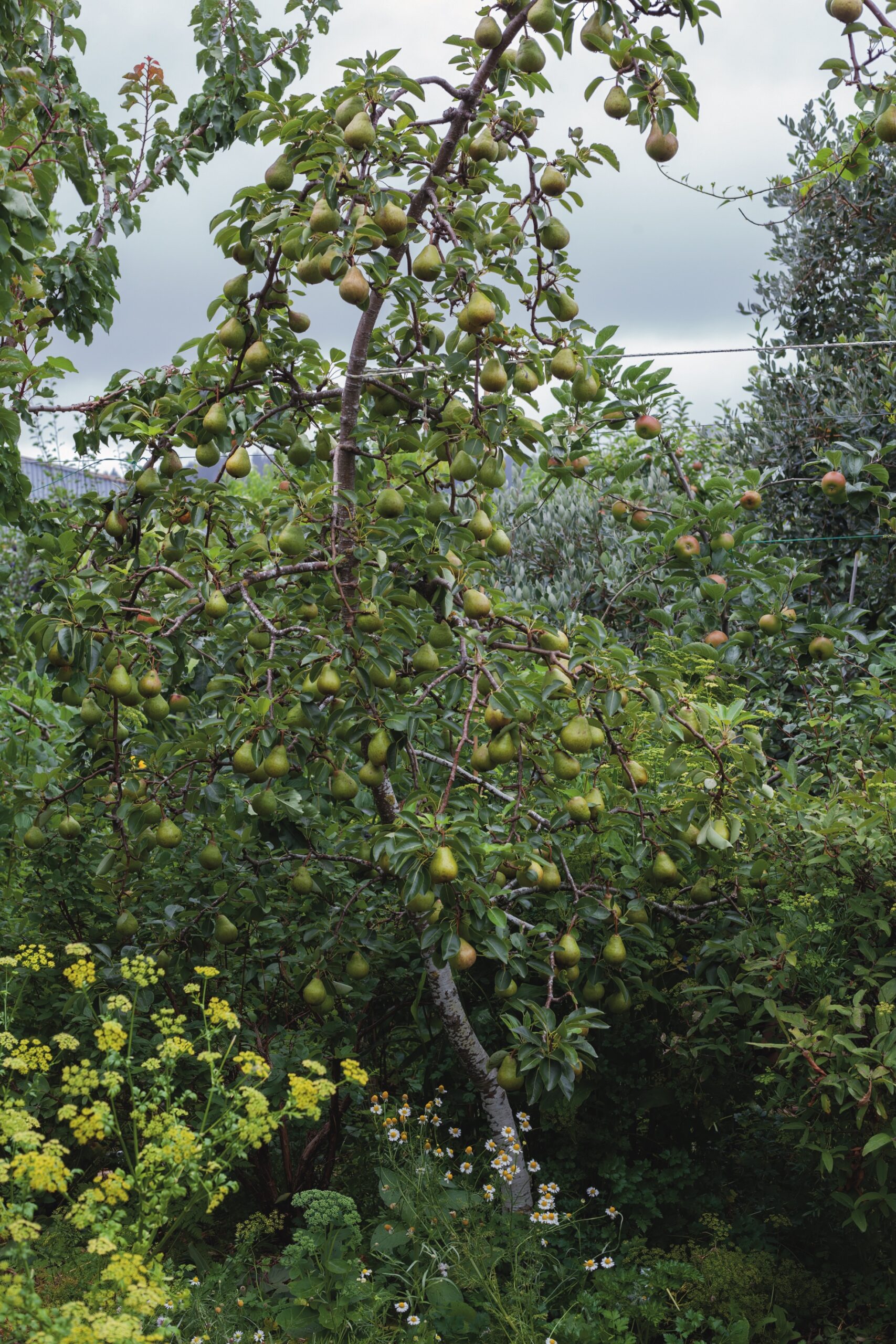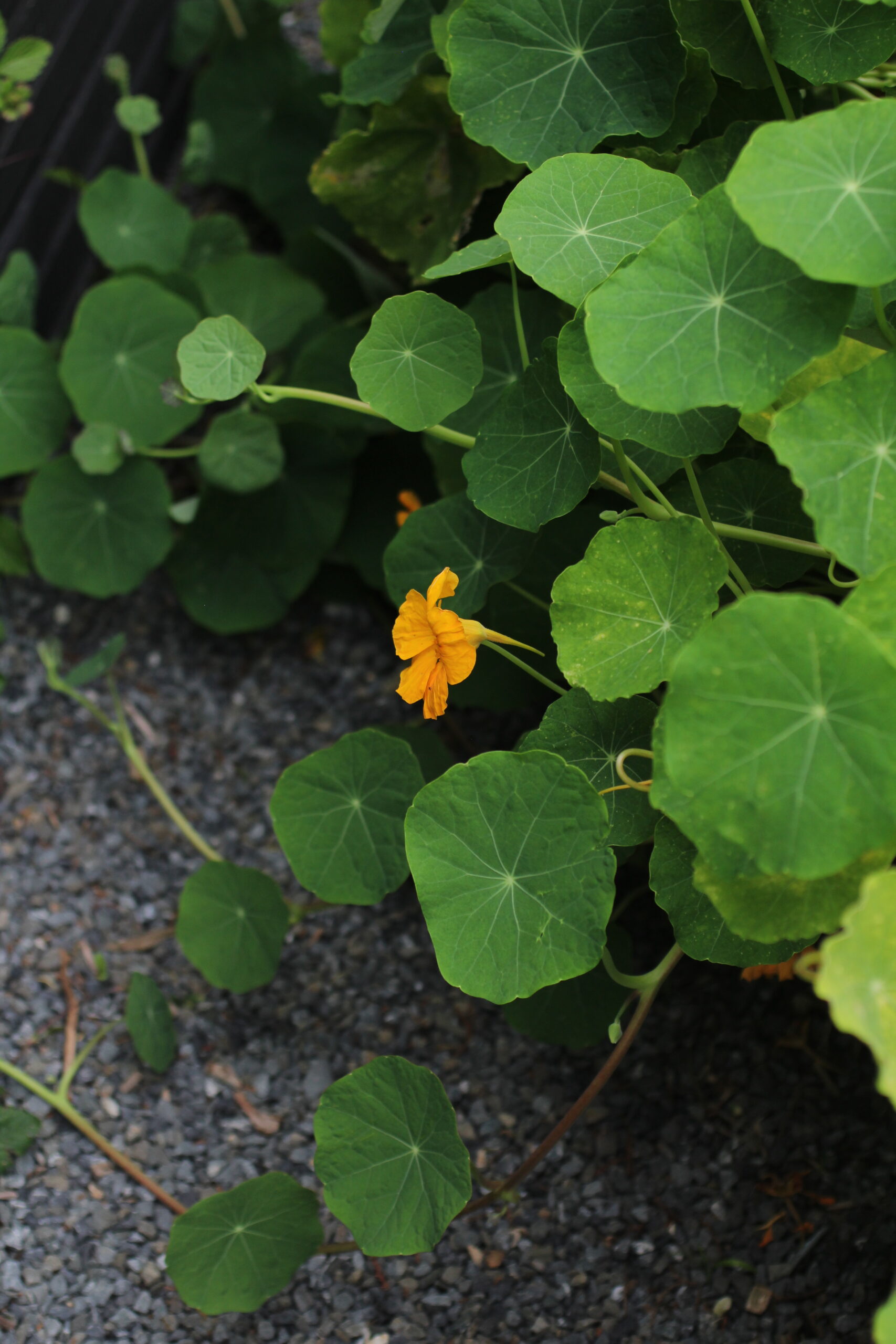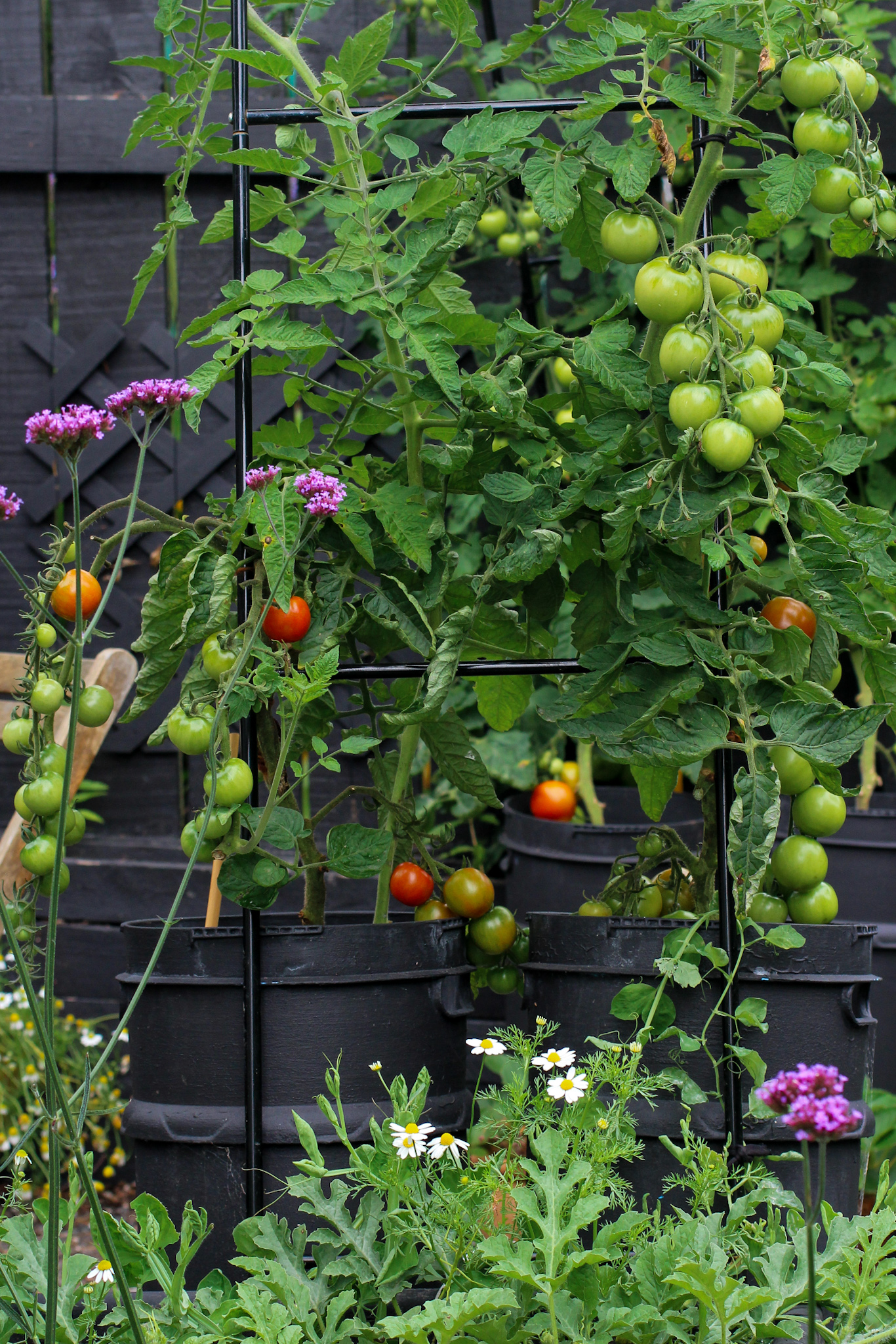Your cart is currently empty!
Planting & underplanting fruit trees and passionfruit care | Mid winter edible gardening
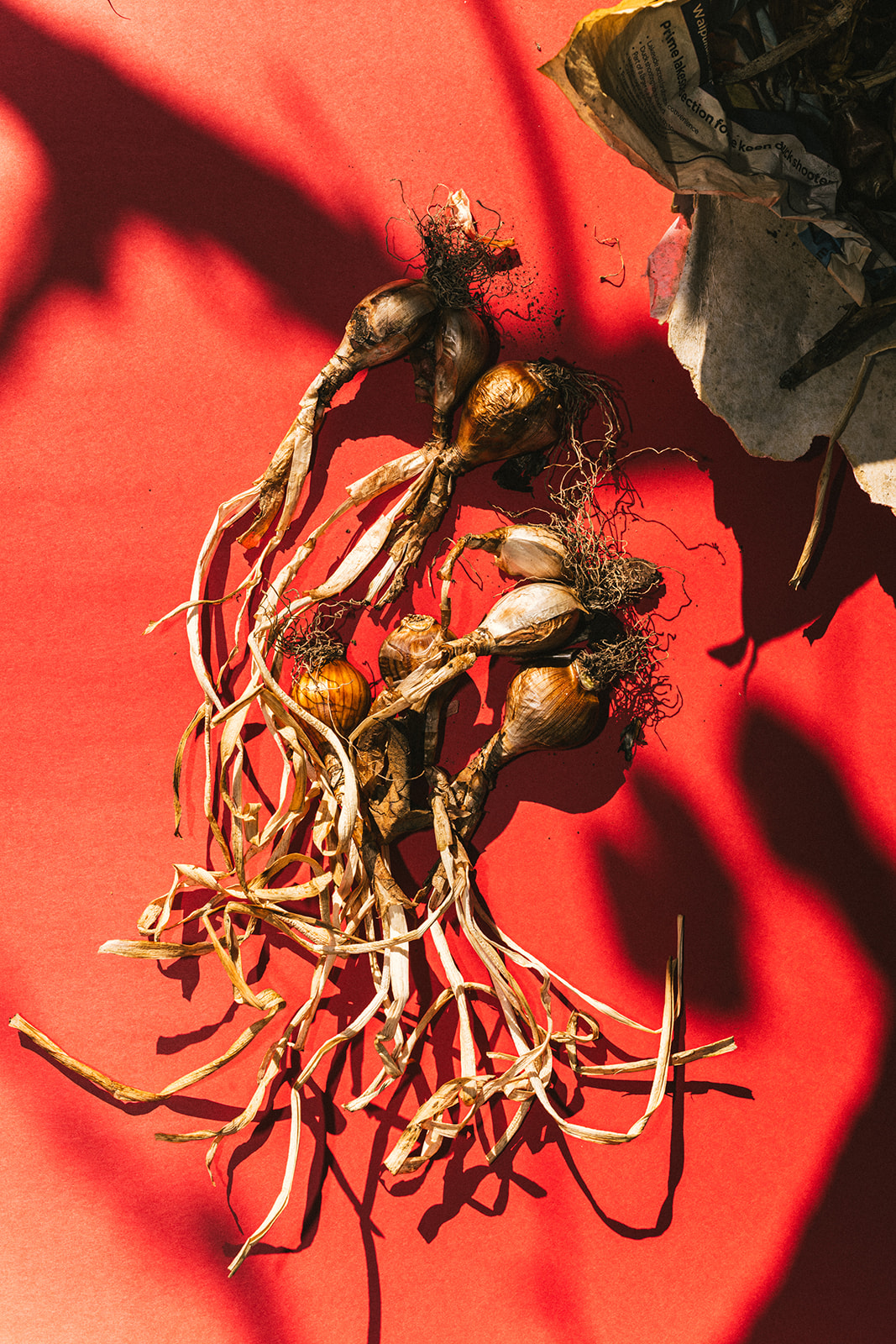
Planting & underplanting fruit trees and passionfruit care | Mid winter edible gardening
The Picky Gardener
Quick tips for planting + underplanting your fruit trees & passionfruit care in winter.
Written in partnership with Picky.
Sage Journal is teaming up with Picky to bring you a series of fruit tree and edible gardening tips — for anyone who cares (a little or a lot) about what they grow and how they grow it.
We’ll be talking fruit trees, berries, herbs and leafy things. Just solid, seasonal advice — backed by a team that’s (very) picky about the details.
Follow along on social media for weekly advice and juicy tips: #ThePickyGardenerNZ
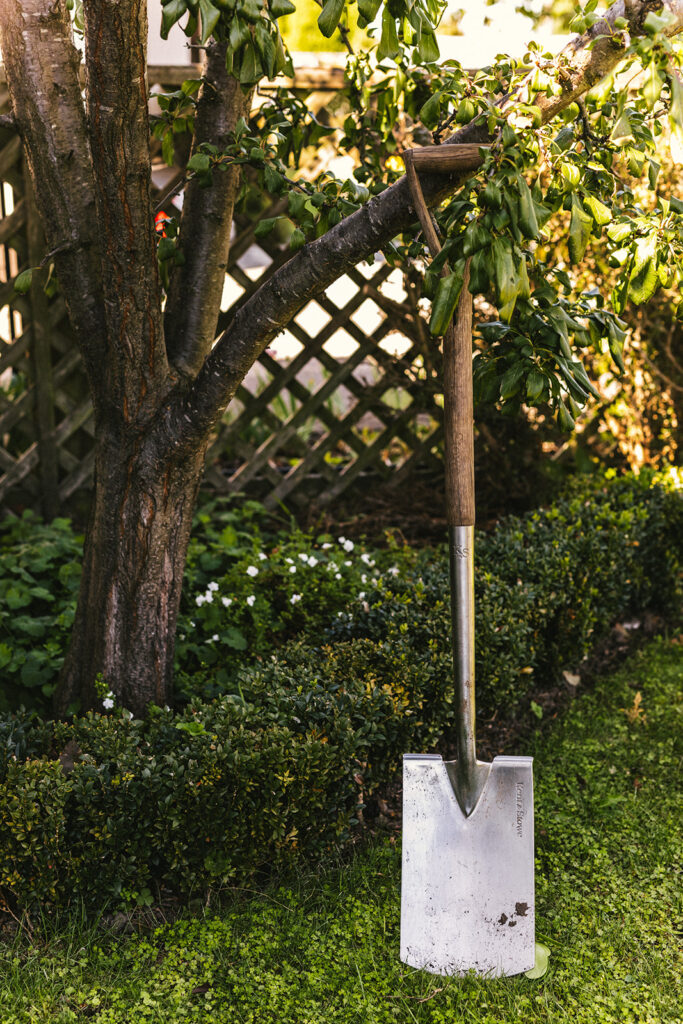

Planting fruit trees
Winter is prime time for planting deciduous fruit trees — while they’re dormant.
Think apples, pears, quinces, plums, apricots, nectarines — even berries and vines.
Skip the citrus — it’s too cold in most parts for subtropicals. Wait until October, once the frosts have passed.
Pick your spot
- Full sun (ideally at least 10 am–2 pm)
- Free-draining soil (especially for stonefruit)
- A sheltered microclimate is a bonus
Time to plant
— Dig a hole just big enough for the roots
— If drainage is poor, jab the bottom with a fork to help roots breathe
— If your soil’s poor, mix it 50/50 with compost
— Soak the tree (bag and all) in a bucket until the bubbles stop
— Plant at the same depth it was in the bag
— Backfill and firm it up by hand to remove air pockets
— Stake well (but gently) and remove pot ties or labels
Feed
Add a layer of compost and water gently.
Tip: After 2–3 years, take off the stake so your tree can toughen up and stand solo.
—
Plant with purpose and let winter do the rest.
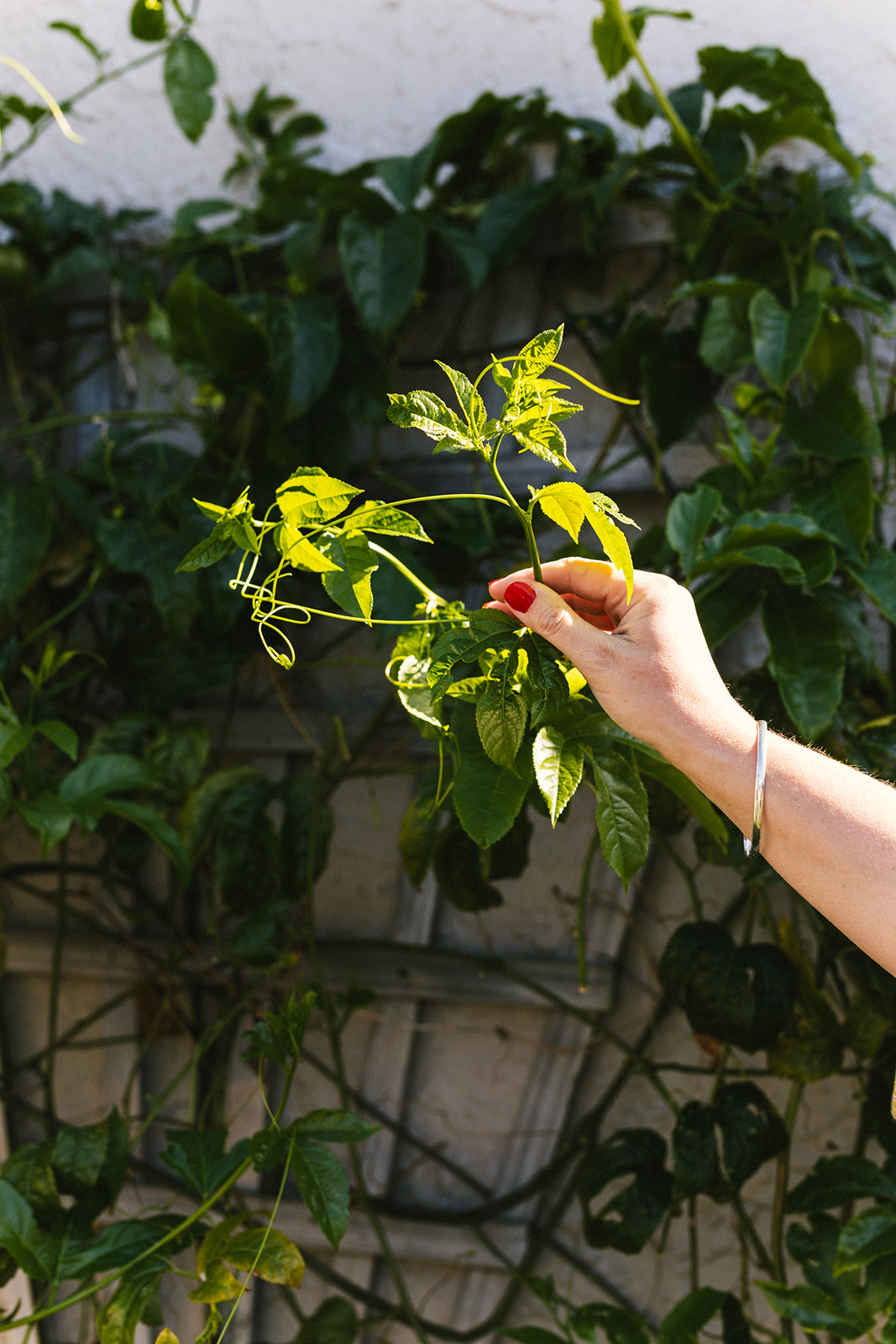
Passionfruit care in winter
Passionfruit vines can be a little dramatic when the temperature drops — here’s how to keep them happy over winter.
Winter pruning
Passionfruit fruit on new wood, but cold-weather pruning can stress the vine. Only snip what’s clearly dead or diseased. Wait until spring for a proper prune — when it warms up, prune to tidy, shape and encourage new growth.
Protect from frost
Cover vulnerable vines during cold snaps, or plant them somewhere naturally sheltered, like under the eaves.
Mulch the base
Add a generous layer of mulch to keep the shallow roots insulated and happy. A little winter warmth goes a long way in spring.
—
Here’s to less drama, more passion.
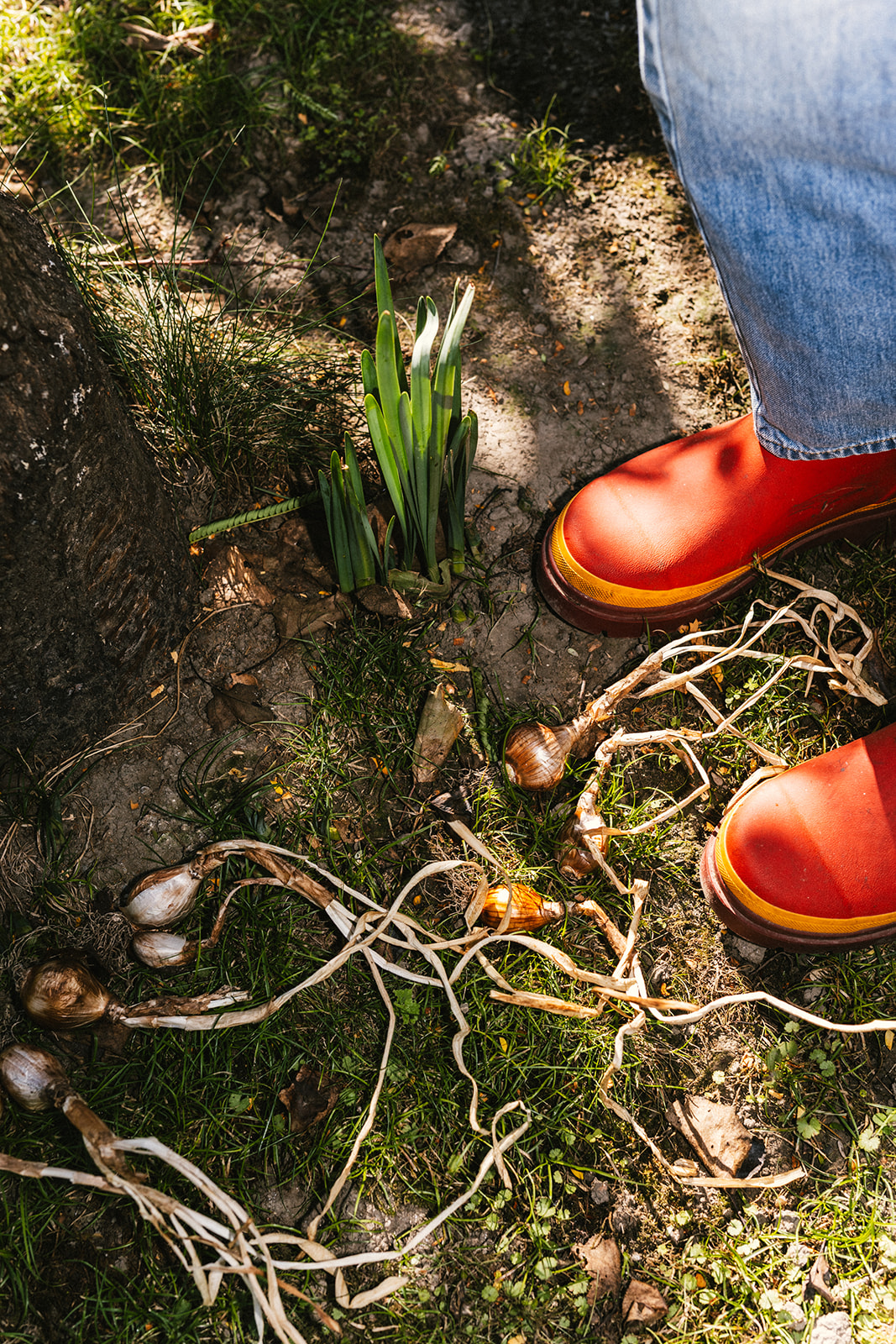
Underplanting your fruit trees
Winter is an ideal time to underplant your deciduous fruit trees — and create a simple permaculture guild while you’re at it.
What’s a guild?
It’s a team of plants that work together to support a central tree — feeding the soil, attracting pollinators, repelling pests and keeping weeds down. It’s nature’s version of smart garden design.
Build your guild with some of these helpers (there are lots more! But here’s a good start):
- Nitrogen fixers – Lupins, broad beans and peas feed your trees for free
- Dynamic accumulators – Borage, comfrey, dandelion, thyme, chamomile and yarrow mine nutrients deep in the soil and bring them to the surface
- Tap roots – Plants like parsley and fennel improve soil structure
- Pest repellents – Marigold, garlic, rosemary and sage help keep unwanted visitors away
- Pollinator attractors – Hellebore, pineapple sage, calendula, borage, nasturtium and poppies bring in the bees and other beneficial insects
- Groundcovers – Catmint, thyme, oregano and even NZ spinach cover bare soil, suppress weeds and help hold moisture
Bulbs are also a great addition, attracting early pollinators and they help enrich the soil when they die back.
Why do it?
Because stacking useful plants with different functions means stronger soil, more biodiversity, fewer weeds and a richer root zone to feed your fruit trees.
—
Low effort, high reward — the lazy gardener’s dream.


